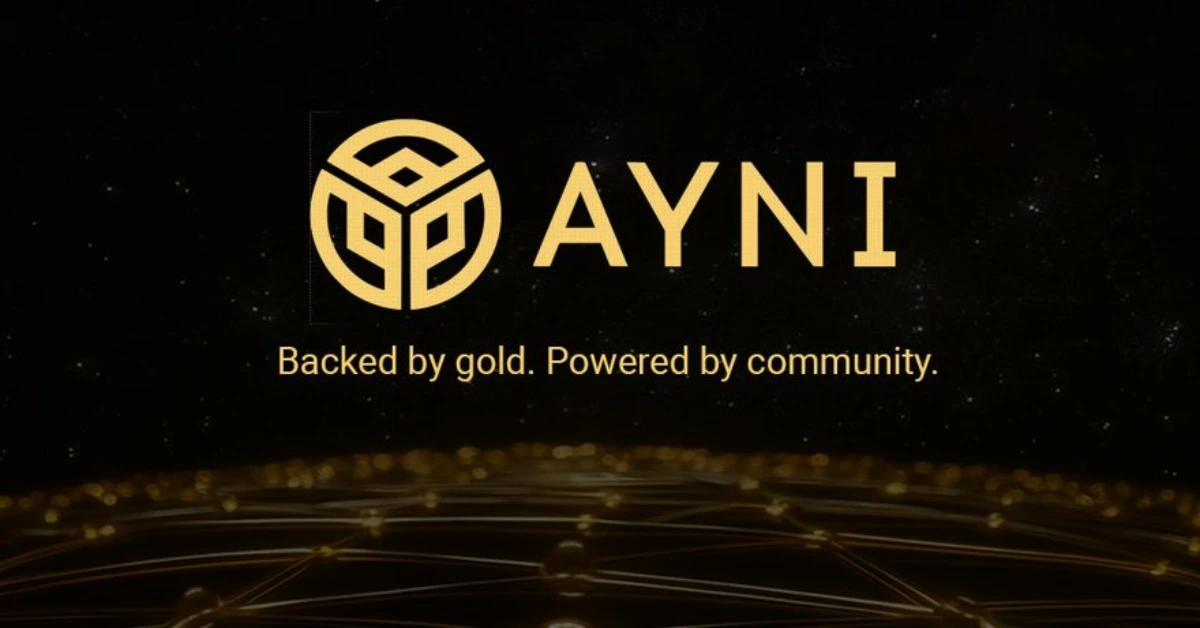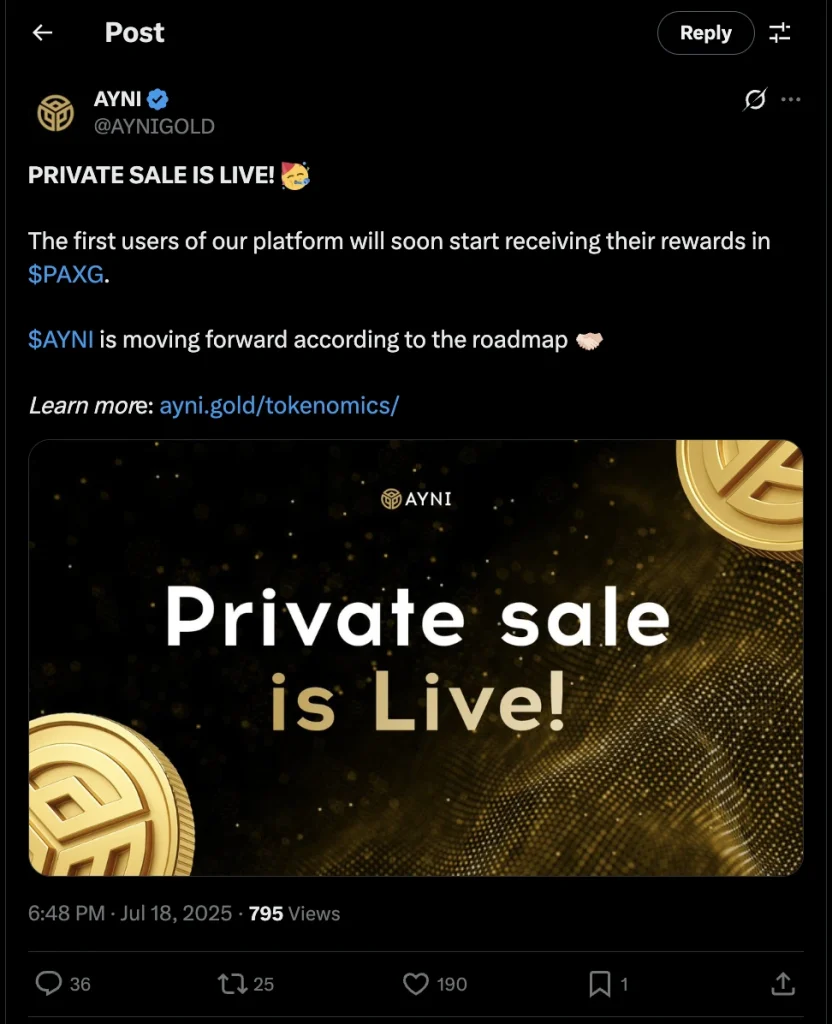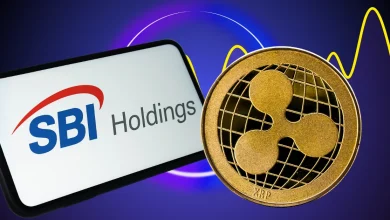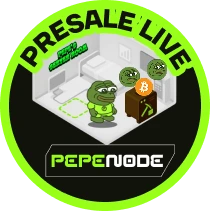Ayni Gold Is Tokenizing the Once-Inaccessible Gold Mining Industry — Here’s What It Means for Everyday Investors

Ayni Gold is revolutionizing gold investment by tokenizing real mining capacity in Peru. Each $AYNI token is linked to measurable gold extraction and rewards investors in PAXG (a gold-backed stablecoin) through staking.
Why Tokenized Gold Mining Is Changing Gold Investment
Gold-backed tokens are gaining popularity as investors seek secure, inflation-proof assets. Tokenized gold mining combines real-world assets with blockchain transparency, giving users exposure to mining profits without owning physical gold or managing operations.
As gold prices push toward record highs and investors pivot back toward real-world assets, one project is reimagining what gold exposure can look like in the age of blockchain.
Historically, gold mining is highly centralized and inaccessible. Central banks and large investment funds dominate the sector, controlling resources, data, and profits. Private investors are excluded from participating in mining operations and are limited to trading gold derivatives on exchanges — missing out on the full economic upside of gold production.
In a world where participation in gold mining is a monopoly of big corporations, Ayni Gold is a gateway to institutional-grade gold profits for everyday investors. It is a new Web3 venture with deep roots in the Peruvian gold sector. But unlike other “gold-backed” crypto projects, it isn’t just creating a digital asset pegged to bullion in a vault. It’s going a step further: tokenizing the actual capacity to mine gold through the $AYNI token and sharing the profits with its holders.

Source: X
With its OTC token sale now open to early participants, Ayni is beginning to pull back the curtain on a model that could redefine how gold investment works, especially for non-crypto natives.
How Does Ayni Gold Token ($AYNI) Work?
Most blockchain projects that claim to be “gold-backed” are really just tokens tied to theoretical reserves or stored bullion. Ayni does something far more concrete. Each $AYNI token is backed by real-world mining capacity — specifically, 0.000004 cubic meters per hour of earth extraction from a licensed gold mine in Peru.
That mine, operated by Minerales San Hilario, holds over nine tons of verified gold reserves, and the extraction is already underway. This means Ayni doesn’t rely on future speculation — it’s linked to measurable production in real time.
This “power-token” concept gives $AYNI a level of real-world accountability few digital assets can match. To create deflationary pressure and support the token’s long-term value, the supply is capped at 806 million units.
Additionally, 15% of all management fees collected for providing the staking service will be used to buy back $AYNI from the open market and burn it on a quarterly basis.
How to Earn Rewards with Ayni Staking
Ayni doesn’t operate like a typical speculative token. Simply holding it won’t generate returns. To start earning, token owners need to stake their tokens — locking them for a chosen time period to activate their share of gold extraction profits.
The platform offers various lock-up options, allowing users to balance flexibility with returns. And to make things even more intuitive, Ayni has launched a Smart Mining Calculator on its website. This tool lets users input how much they want to stake and for how long, then generates estimated earnings based on live mining data, not assumptions.
The entire staking model is designed to feel familiar for an average user. No confusing DeFi language. Just stake, wait, and earn.
Payouts in PAXG (Gold-Backed Stablecoin)
Where Ayni really separates itself is in how it distributes profit. Instead of paying returns in $AYNI or a platform-native token, the platform rewards stakers in PAXG — a gold-backed stablecoin issued by Paxos — with payments made quarterly based on the actual processed capacity and gold mined.
Each PAXG token is tied 1:1 to physical gold held in vaults, giving users the benefit of true gold exposure, without storage, security, or delivery hassles. Even if crypto markets are volatile, Ayni’s payout model stays rooted in the intrinsic value of gold.
Is Ayni Safe? Transparency and Audits
The platform’s commitment to transparency is not just for show. The mining concession in Peru is operated by the same leadership as Ayni, creating full alignment between the physical and digital sides of the project.
All mining outputs, operational expenses, and distribution data will be shared regularly through public business reports. These off-chain disclosures are backed by on-chain records, accessible through the DAO framework, ensuring that token holders can verify what they see — whether it’s mining output or how rewards are calculated. This community-driven governance model also gives $AYNI holders voting rights on key project decisions.
Audits: Ayni’s smart contracts and staking logic will undergo third-party audits once launched. PeckShield has already audited $AYNI token deployment.
Trust with CoinPedia:
CoinPedia has been delivering accurate and timely cryptocurrency and blockchain updates since 2017. All content is created by our expert panel of analysts and journalists, following strict Editorial Guidelines based on E-E-A-T (Experience, Expertise, Authoritativeness, Trustworthiness). Every article is fact-checked against reputable sources to ensure accuracy, transparency, and reliability. Our review policy guarantees unbiased evaluations when recommending exchanges, platforms, or tools. We strive to provide timely updates about everything crypto & blockchain, right from startups to industry majors.
Investment Disclaimer:
All opinions and insights shared represent the author's own views on current market conditions. Please do your own research before making investment decisions. Neither the writer nor the publication assumes responsibility for your financial choices.
Sponsored and Advertisements:
Sponsored content and affiliate links may appear on our site. Advertisements are marked clearly, and our editorial content remains entirely independent from our ad partners.








